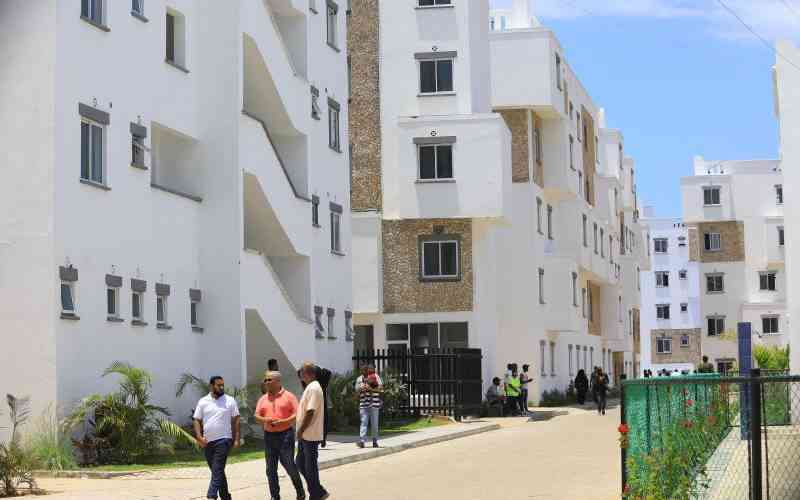
In September 2020, officials from Gulfcap Africa convened a meeting with tenants residing in the dilapidated Buxton Estate in Mombasa. Originally planned for two hours, the meeting stretched into an eight-hour discourse, unexpectedly becoming a contentious topic that involved political leaders and human rights activists. What was meant to be a straightforward follow-up on the relocation of over 500 tenants evolved into a complex situation.
Prior to this prolonged meeting, representatives from the developer, county government officials, and tenants had mutually agreed on a relocation plan, including compensation and other related expenses.